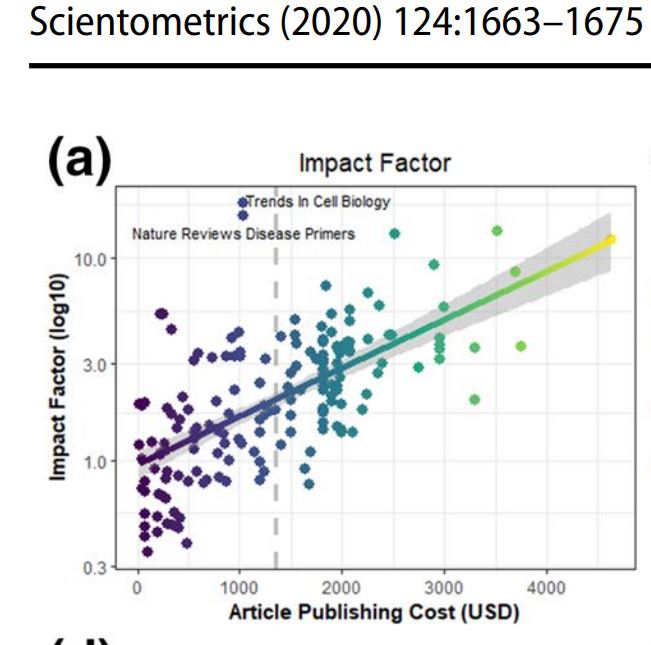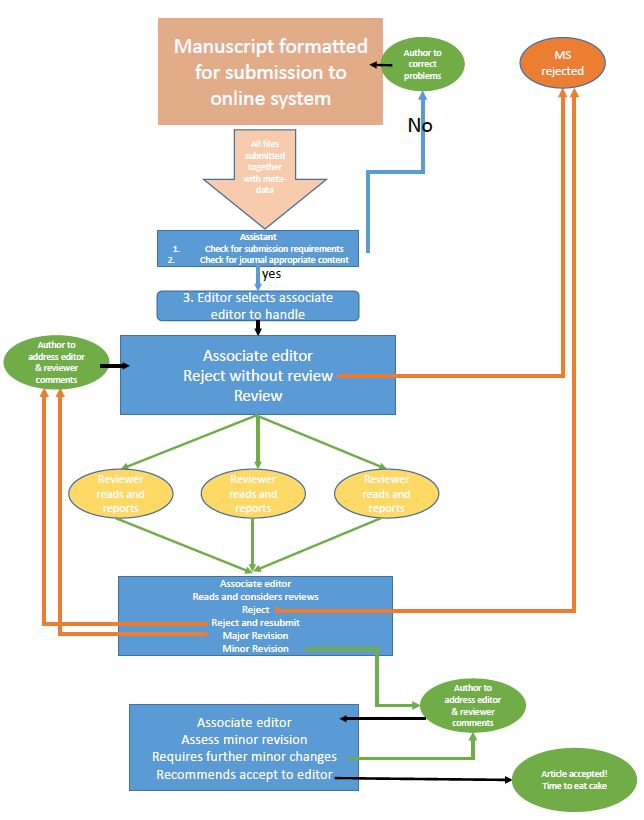What is needed for your proposal?
In the Faculty of Science at Stellenbosch University, you need to have your PhD or MSc approved by a group of 3 independent staff members (i.e. not including supervisors) in your department (Botany & Zoology). The department requires that your written proposal is publicly available to everyone in the department to look at (normally deposited in the secretary’s office) at least 7 days prior to the oral presentation of your proposal.
Your proposal is a collection of documents, where each document is a chapter of the thesis, and is roughly equivalent to a published paper. Ideally, these should be bounded by an introduction, which gives the bigger picture of how the thesis is placed, and a time-line at the end that demonstrates how you can complete the thesis within the two or three years for your MSc or PhD, respectively. Note that your project proposal is placed on your permanent file within the department.
Simply planning a study that results in two (MSc) or five (PhD) chapters equivalent to publications is not that hard. So what turns the collection of chapters into a thesis? Remember that the requirements for MSc and PhD are not the same.
I think that it is useful to know what the examiners are asked to respond to when reading your thesis.
When reading your MSc thesis examiners are asked:
-
Have the study objectives and the problems that were investigated been formulated satisfactorily?
-
Does the thesis show conversance with and a critical attitude towards the pertinent literature?
-
Is the material presented in a clear, systematic and logical manner?
-
Does the thesis show that the candidate is sufficiently familiar with the relevant research techniques and methods and have the research results been interpreted correctly?
-
Does the candidate show signs of independent, critical thinking or other signs of originality?
-
Does this investigation contribute to the knowledge of or insight in the relevant field of study? Are new aspects in the field of study, if any, clearly identified?
-
Is the linguistic, stylistic and technical editing of the thesis acceptable?
-
Is the work acceptable for publication?
Note here that for an MSc, the examiner is asked whether the investigation contributes “...to the knowledge of or insight in the relevant field of study”, and requires independent, critical thinking and originality. The Master of Science is done to demonstrate mastery of an existing body of scholarly work within the subject area. That is, you show that you are competent to do it: a Master of Science.
When reading your PhD thesis examiners are asked:
-
Has the motivation for the objectives of the study been formulated satisfactorily?
-
Do the research results constitute a meaningful contribution to the knowledge of and insight into the relevant field of study?
-
Does the dissertation distinguish clearly between own, new contributions to, and known results in the relevant field of study?
-
Is the candidate capable of evaluating the scientific meaning of his / her results and of placing this in context within existing knowledge in the field of study?
-
Does the candidate show signs of independent, critical thinking or other signs of originality?
-
Does the candidate show that he / she is sufficiently capable of doing independent research?
-
Does the dissertation show that the candidate is sufficiently familiar with the relevant research techniques and methods?
-
Does dissertation show conversance with, and a critical attitude towards the pertinent literature?
-
Is the material presented in a clear, systematic and logical manner?
-
Is the linguistic, stylistic and technical editing of the dissertation acceptable?
-
Are the research results acceptable for publication?
The critical difference with the PhD requirements is that you are now required to produce a “meaningful contribution to the knowledge of and insight into the relevant field of study”, and show that you are “...capable of doing independent research”. This degree prepares you to be an independent researcher, and so you are expected to have a critical attitude toward other research.
Thus for your PhD research, your work needs to be novel. This means that you are not simply applying the same experiments to another species or another scenario. But you are genuinely using your study system to generate new knowledge in an approach that is original.
Given that all this will be needed in your final thesis, the academics that are reading your proposal will be asking whether or not the proposed work is going to meet all of these requirements. For both types of proposal, the assessing academics will be asking themselves whether the proposed work is practical and feasible (especially within the allotted time-frame), and they will ask whether or not the studies undertaken are posing testable hypotheses (see here). You can see how many of the questions for the final thesis can also be asked of the proposal.
For the PhD work, the thesis needs to fit together preferably within a framework. I like students to draw how their chapters are interlinked, and to present this in the introduction of their proposal. A useful concept to be aware of is the 'Hierarchy of Hypotheses' (Heger & Jeshcke 2018 - see blog entry here). In this approach, you are encouraged to consider the 'bigger question' in your research area, identifying both what studies have produced evidence and identifying gaps from a theory driven approach. Generally, it is only possible to consider these types of concepts once you are familiar with the literature (both theoretical and experimental).
Handbook
The Department of Botany & Zoology has an online postgraduate handbook (here) that contains a lot of useful information. It is updated annually, and you should make sure that you are looking at the current version. The department, faculty and university are prone to changing the requirements for these degrees, and these changes should appear within the handbook. If you find anything that concerns or worries you in the handbook (or elsewhere), don’t sweat it, but come and talk to your supervisor.
Examples
One of the best ways to learn about what is a good research proposal is to look at some examples. You should have already been sent some recent examples, and if you haven't please ask for one. Don't worry if it's not exactly the same subject that you are doing. Remember that the academic staff that assess your proposal are similarly removed from the subject area of the content. Instead, they have more experience about science in general and about what is practical and feasible to do.
Oral examination
For MSc marks, the department has a 80% to 20% split for thesis and oral presentation. The final mark will be written on your degree certificate, and you need to have >75% in order to get a MSccum laude.
A PhD also requires an oral defense. The regulations surrounding this are more murky than for a MSc as it does not contribute toward your final mark: for a PhD you do not get a final mark, it’s simply pass or fail (hopefully pass!).
Structure
We expect that your final thesis will be a set of papers (data chapters sandwiched between an introduction and discussion), and so we ask you to prepare the proposal in the same way. That is, you will have two (MSc) or five (PhD) data chapters. In the proposal, each chapter will consist of three parts:
Introduction
I’m not going to go into what’s inside the introduction here, as it’s already been done in other blog posts on formulaic writing (here) and specifically about the introduction (here).
Methods & Materials
What’s in the M&M section is also covered in the blog post on formulaic writing (here). At some point, I’ll write a specific post about this, but essentially you need to:
- Introduce important aspects of your study organism and/or study site
- Describe exactly how you’ll set up your experiment and/or collect your samples
-
- You must explicitly state how each of the variables (introduced in the introduction) is collected
- (If necessary) Describe how you’ll turn your collected data into the variables needed for your analyses
- Data analyses (how you’ll test your hypotheses). This should include a description of the statistical or analytical techniques. It’s useful to structure this section by each of the questions/hypotheses that you are posing
Hypothetical Results
It’s a very useful exercise to imagine how results will show that you have (or have not) accepted your hypothesis. You can’t show results that would cover every eventuality, but give some typical scenarios that you think may happen if you accept and reject each hypothesis. This could be a bar chart, a map, a scatter-graph, etc.
Your Proposal - what is it good for?
Once you’re done with your proposal, you might feel that you’ve done an awful lot of work without having added anything towards achieving your PhD or MSc. However, it’s actually a really useful document that you can use in a number of ways:
- Copy and paste directly into your thesis. One PhD student estimated that she pasted 60-70% of her proposal text directly into her thesis. This included nearly all of the methods and materials section verbatim.
- Use it to raise money to do your studies. Writing grant proposals is essentially the same as your thesis proposal, and so you can use this document (with some modifications to taylor it to the grant objectives) to raise money for your work.


